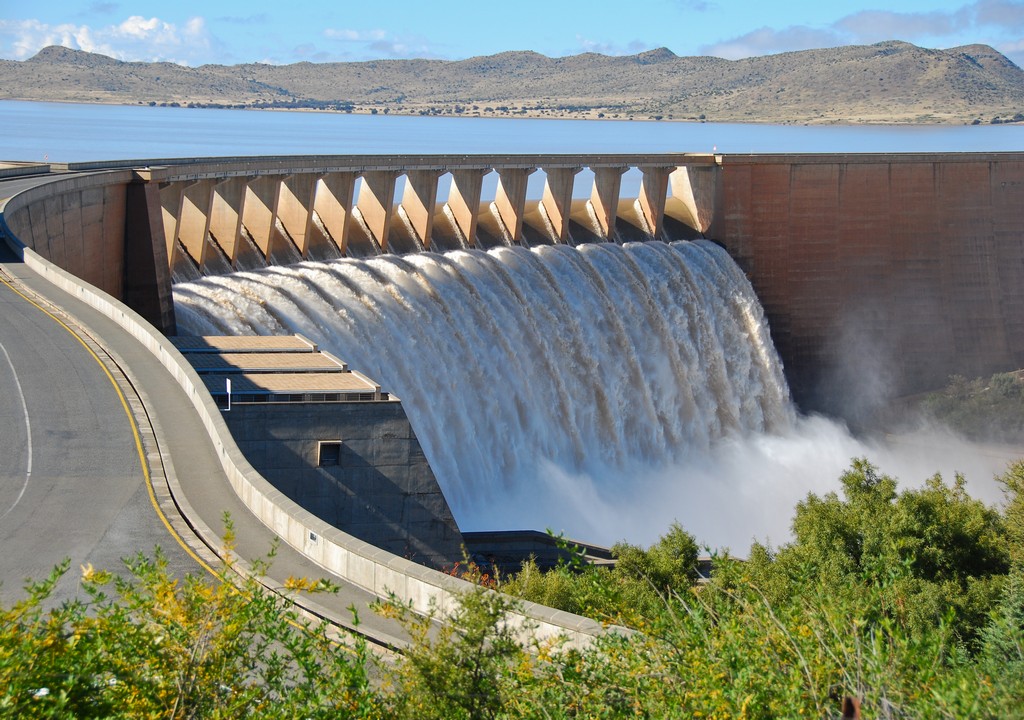SOLECO raises first pico hydro power plant in the Philippines
- October 10, 2016
- 0

The country’s first pico hydro power generation system was put up by the Southern Leyte Electric Cooperative (SOLECO), the National Electrification Administration (NEA) said.
The pico hydro system, which began operation on August 12, generates up to 600 watts of power through Hanabian Minihydro Power plant’s tail power. It has a maximum water flow velocity of 4.6 meter per second, NEA said in a statement.
According to SOLECO general manager Jonathan Empeño, the system has been synchronized to the grid, allowing the EC to sell generated power at a blended generation cost.
Empeño said that the approximate cost of the system below five KW was $8,500/kW, while five KW and above costs around $5,500 in estimation. These include engineering design, equipment installation, and commissioning.
The pico hydro plant system poses minimal modifications to existing water systems because it uses a modular and scalable energy device that easily harnesses power from running water from rivers, irrigation canals, and base of dams, DA Green power Consultancy chief operating officer Regino Galindes said.
He added that it took just two days to install the pico hydro power system, and it could also be easily dismounted in the midst of typhoon or flood warnings.
The electric cooperative’s use of renewable energy (RE) technology is “consistent with the policy direction of the national government to tap renewables and increase its share in the energy mix,” NEA officer-in-charge Sonia San Diego said.
“As an agency committed to the
protect
ion of environment, NEA, together with its partner ECs, is pushing the frontiers in RE project development to help position the Philippines as a world leader in the use of renewables,” she said.
A pico hydro system has an engineered suspension system for easy mounting, as it is one of the most adaptable small – scale RE technologies to environmental changes.
SOLECA’s picohydro system was in partnership with Helios Altas and DA Green Power Consultancy.